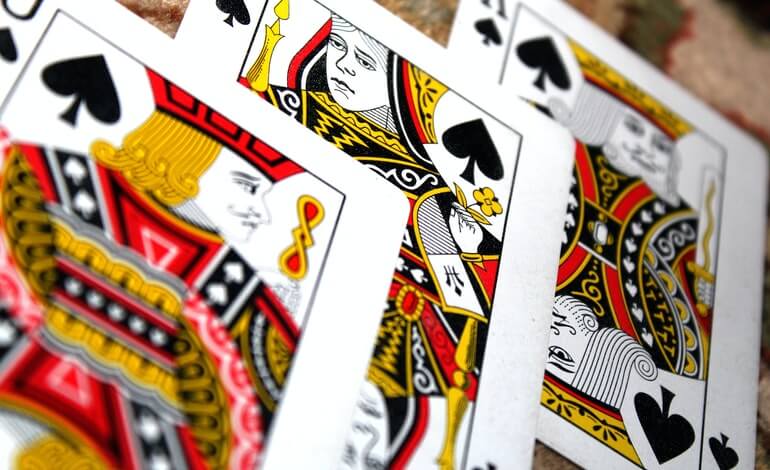The History of Poker: How the Great Game Started
FAQ
Where did the name poker come from?
The name poker was first used for a card name around the early 19th century, but there are two theories about the origin of the name. According to one, the name poker comes from the French card game “Poque,” which was commonly played in New Orleans in the early 1800s on the riverboats traveling along the Mississippi River. Another theory asserts that the name poker originated from a German card game similar to poker called “Pochspiel,” derived from the verb “pochen” meaning to brag or bluff, from which the French word “poque” is derived as well.
What is the original poker game?
As many people still wonder “how do you play poker?”, here’s the lowdown. The basic game of poker uses a standard 52-card deck with an occasional addition of one or two jokers. It’s a one-pack game, but today two packs of contrasting colors are often used to speed the game up. While one pack is in use, the other one is being shuffled and prepared for the next round.
In most versions of the game, poker is a five-card game with variations as to which hand is the highest or the lowest. The key is betting and chip management. There’s one or more betting intervals allowing players to bet on their hands. The desired skills for all poker players are knowing how to minimize losses with poor hands and maximize winnings with good poker hands.
What is the purpose of poker?
The main goal is to win the most money by capturing the pot, which consists of all the bets that players made in one hand. Each player will wage a bet hoping they have the best hand, or at least give the impression of having the strongest hand and so make other players abandon their hands. The stakes are usually high, and knowing when to abandon a hand that seems beaten is just as important as knowing when to place a bet. In most types of poker, the best hand is the top five-card combination.
Where is poker most popular?
As Google Trends heat maps show, the five countries where poker is most popular are the US, Canada, Indonesia, Brazil, and Russia.
It’s not surprising that the US leads this trend, as the game is widely (if not always legally) played there, and most of the best players are American. The US has 460 legal and licensed casinos, 107 of which are in Las Vegas alone, plus the non-licensed ones. In addition, a huge number of people play poker in online poker rooms in the US.
In Indonesia, gambling is illegal, so there aren’t any legal casinos in the country. Still, a huge number of people search for “online poker” and play it on one of around 4,000 online poker sites.
Brazil has only about 10 legal casinos, and they’re always jam-packed. What’s more popular there is online poker. Even though this type of gambling is illegal in Brazil, around $4 billion in annual revenue is generated from it.
Canada has a total of 219 legal casinos. Since online gambling sites are legal as well, lots of people opt to play poker online. Furthermore, Canada has a large number of great players who make a lot of money off the game.
According to most poker players and fans, Russia should be in the top three for poker popularity, but there’s no reliable data to confirm that. It’s believed that Russia has around 4,000 casinos, but only five states there still allow gambling, which is why most of those casinos have been closed recently.
Where did poker originate in the US?
Throughout the history of poker, the game has always evolved. It took its most recent form in the early 19th century in the US. The earliest poker games were called “poque” and were played in the gambling parlors of New Orleans. The game spread from there all over the North American continent, gaining huge popularity among the soldiers of the American Civil War.
The game also became an integral part of the “wild wild West” culture when prospecting enthusiasts took it with them in the hopes of conquering the Western frontier.
